

James Wong
5 Days Ago

Contributor
Volvo is renaming its two existing electric vehicles (EVs) to fall in line with its upcoming battery-powered models, and is simplifying the names of its plug-in hybrid offerings.
The Volvo XC40 Recharge and C40 Recharge electric SUV twins will soon be renamed EX40 and EC40, respectively – joining the upcoming EX30, EX90 and EM90 models where an ‘E’ prefix denotes their fully electric powertrains.
A Volvo Australia spokesperson told CarExpert it expects the EX40 and EC40 name change to occur for the 2025 model year, expected to arrive locally in the third quarter of 2024 (July to September inclusive).
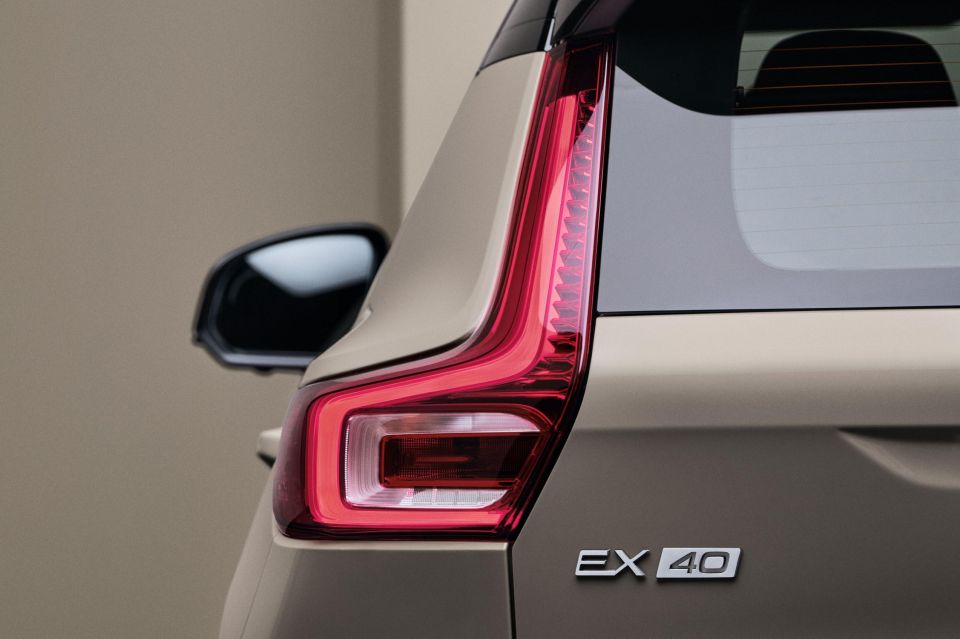
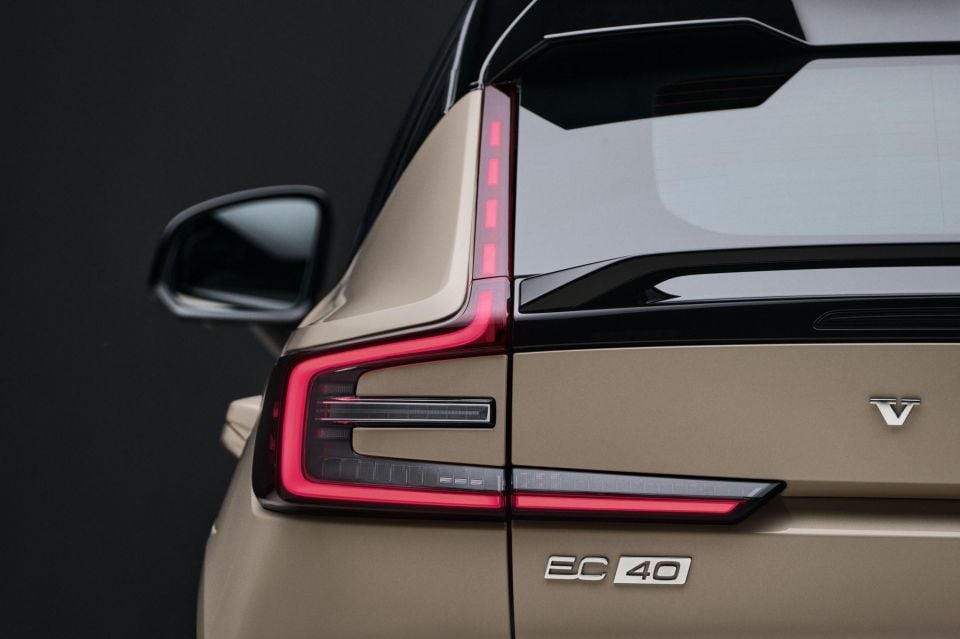
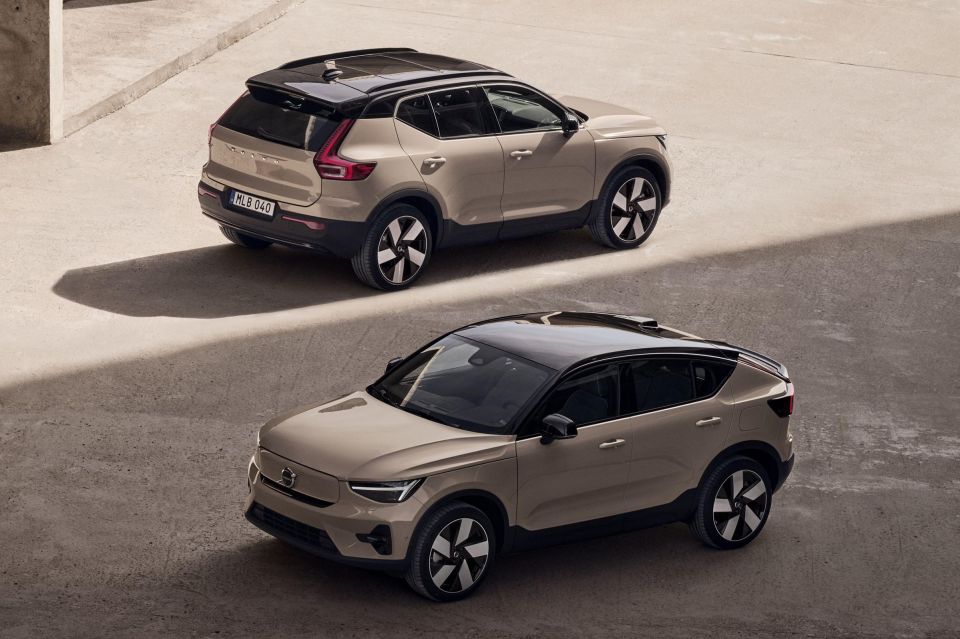
The change doesn’t affect the Volvo XC40’s petrol-powered variants.
A small number of tweaks will be made to the Volvo EX40 and EC40’s dual-motor variants, which will both gain an optional Performance software pack – increasing peak power outputs to 325kW (up 25kW) while providing a sharper throttle response.
There will also be a Black Edition package for the EX40, EC40 and XC40, adding 20-inch high gloss black wheels, Onyx Black paint, black badging and microtech or textile charcoal interiors – however this is yet to be confirmed for Australia.
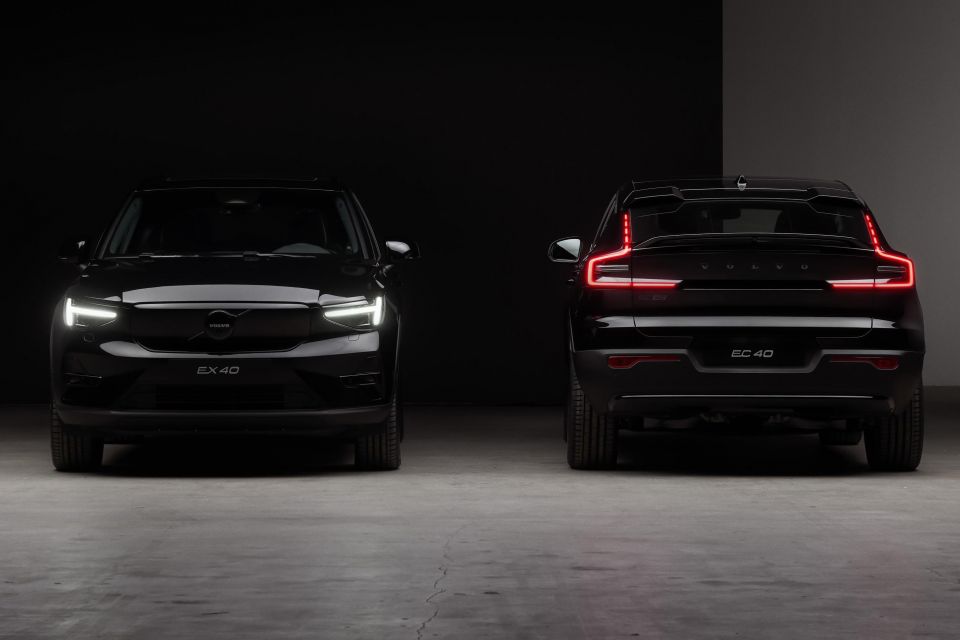
A Volvo XC60 Black Edition was previously sold overseas, but never made it to local showrooms.
The Chinese-owned Swedish carmaker also announced it will drop ‘Recharge’ branding from plug-in hybrid variants of its XC60 and XC90 SUVs, with the petrol-hybrid models now solely relying on T6 or T8 badges to signify power outputs.
There will also be a minor change to the Volvo XC60 and XC90’s mild-hybrid 2.0-litre four-cylinder turbo-petrol engine – marketed as the B5 – which employs a “more efficient engine combustion cycle”, reducing fuel consumption and emissions by two to four per cent.

Earlier this month, Volvo said it would continue with its plans to ditch petrol and diesel power from its global lineup by 2030, despite demand for EVs cooling in most regions.
Volvo’s Australian division has committed to an even more ambitious timeline of only selling EVs by 2026.
The Volvo EX30 and EX90 are both due in Australia this year, becoming the brand’s cheapest and most expensive EVs in local showrooms respectively.
Take advantage of Australia's BIGGEST new car website to find a great deal on a Volvo.
Born and raised in Canberra, Jordan has worked as a full-time automotive journalist since 2021, being one of the most-published automotive news writers in Australia before joining CarExpert in 2024.


James Wong
5 Days Ago
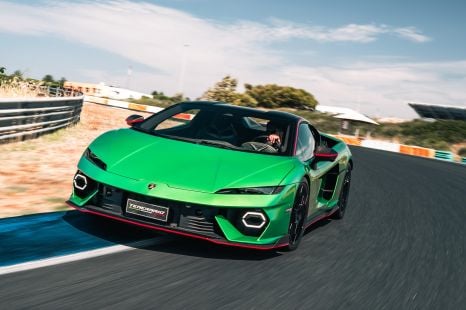

Alborz Fallah
4 Days Ago


Andrew Maclean
3 Days Ago
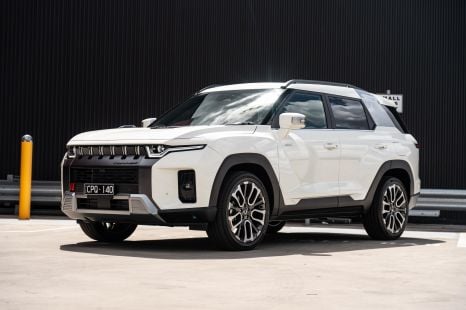

Max Davies
3 Days Ago


Matt Campbell
2 Days Ago
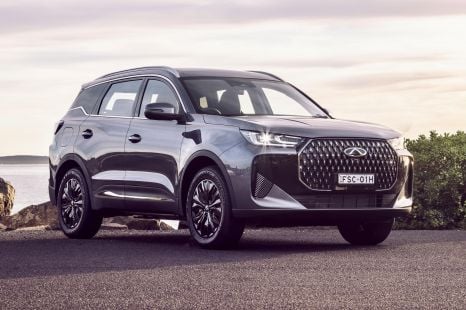

Max Davies
15 Hours Ago